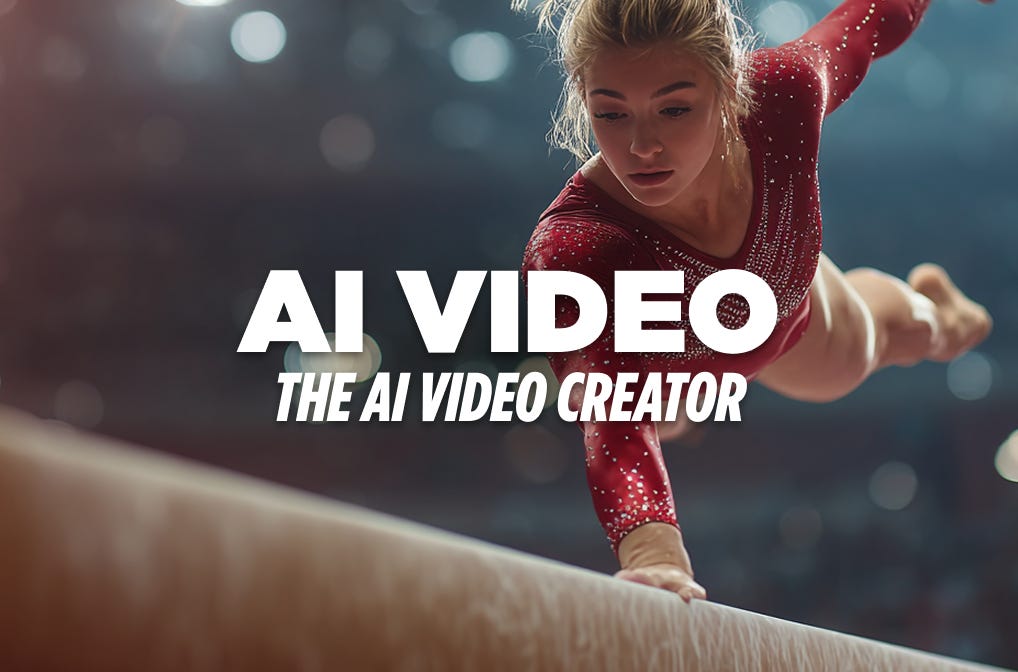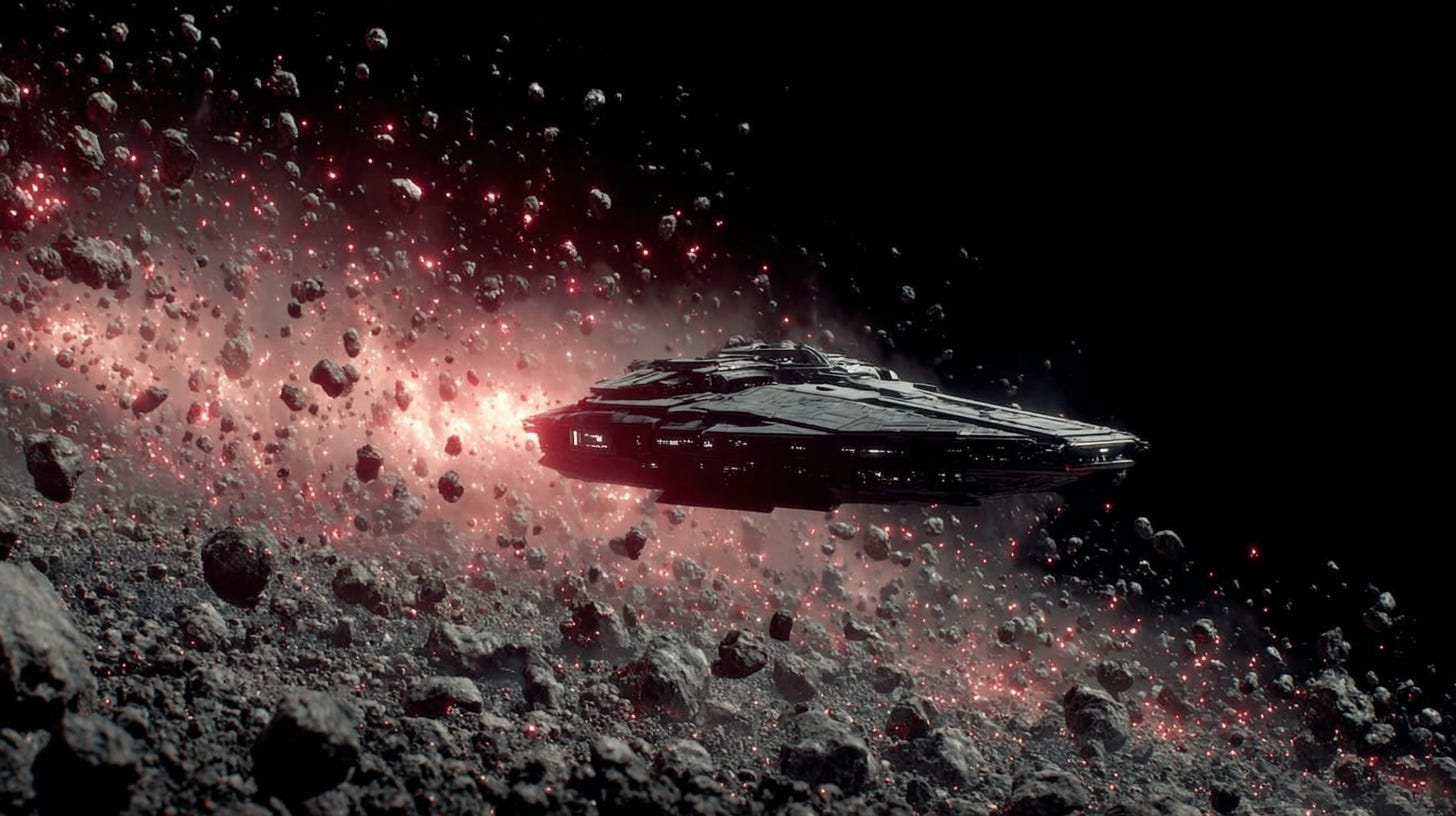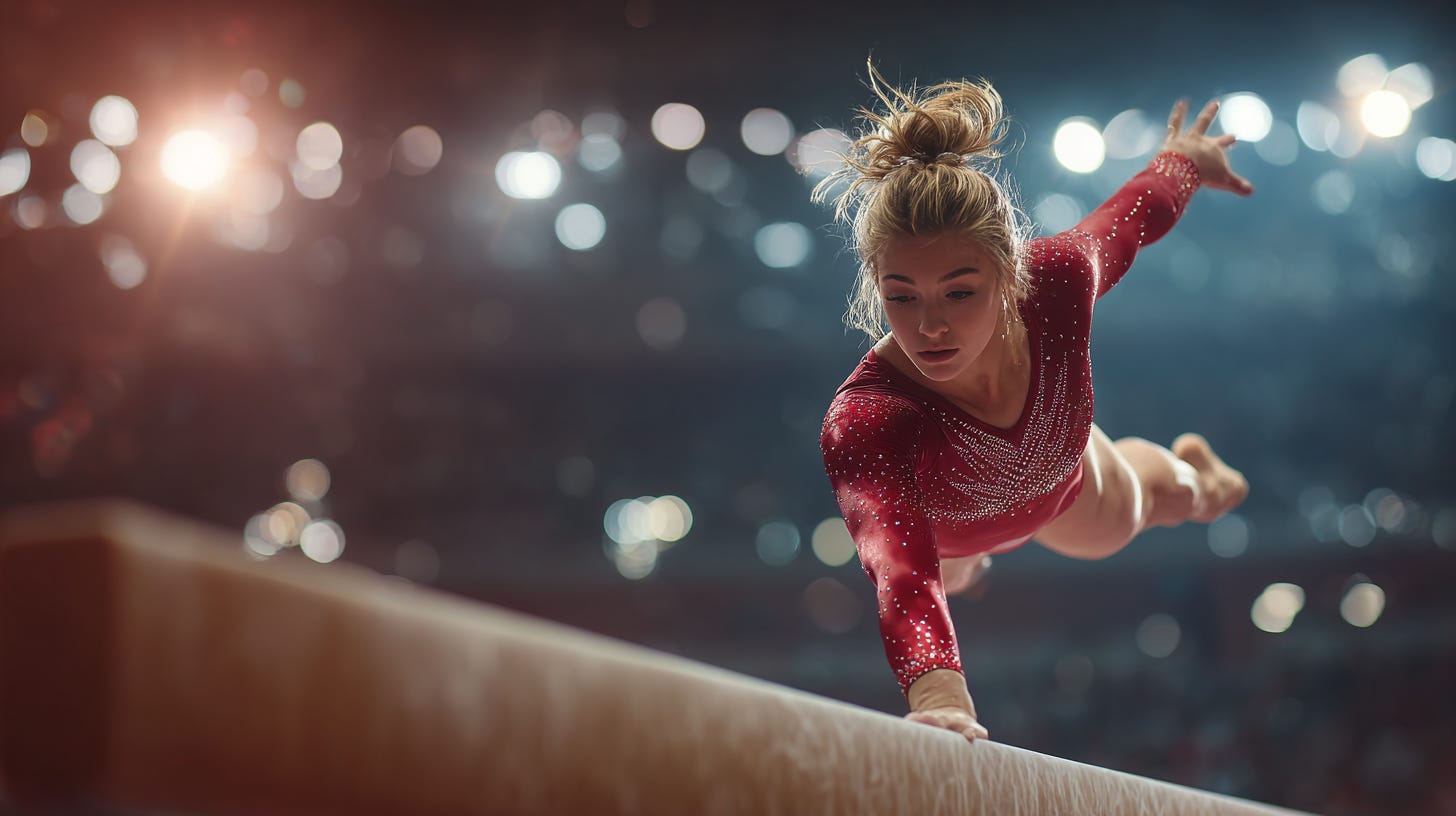The Return of the Kling 2.5: Can it create truly cinematic AI Video?
A deep dive into the new version of the video generator. We tested its limits with complex action, subtle emotion, and high-speed scenes. Here are the results.
Just when the AI video space seemed to settle, a new wave is cresting. First came Luma’s Dream Machine, whispers of Sora 2 are on the wind, and now, Kling is back with a vengeance.
It feels like renewal season for our creative tools, and Kling 2.5 from Kuaishou just dropped as a serious contender.
But does the hype match the output?
Kling 2.5 promises unparalleled motion fluidity, cinematic visuals, and incredible prompt precision, supporting resolutions up to 1080p. These are bold claims in a field crowded with impressive tech. So, instead of just listing the features, let’s put them to the test.
I ran Kling through four demanding cinematic challenges to see where it excels, and where it still falls short.
The Test: Four Cinematic Challenges for Kling 2.5
1. The Action Test: Physics and Impact
Can the AI handle a complex, interactive fight scene while maintaining consistency and physical logic?
Midjourney Prompt: Post-apocalyptic martial arts arena, cyborg fighters from each region facing off, lightning storm background, intense tension. --chaos 10 --ar 16:9 --exp 20 --sref 1434625261 --sv 4 --stylize 1000
Video Prompt: A cyborg and a human warrior clash in a fierce boxing duel, their metallic fists and gloved hands colliding with explosive force under stormy skies. Lightning flashes intermittently, casting sharp shadows across their weathered armor and determined expressions as they dodge and strike. The camera follows their dynamic movements, capturing droplets of rain splattering against their helmets and the electric glow of the cyborg’s eyes intensifying with each punch.
The Verdict: Impressive. This is where Kling’s advanced motion handling shines. The hits have a tangible effect, the sequences are logical, and both characters maintain physical consistency throughout the shot. The model’s use of 3D spatiotemporal attention mechanisms is clearly paying off here, creating a believable and dynamic action sequence.
2. The Emotion Test: Nuance and Subtlety
The “uncanny valley” of AI often lies in subtle human emotion. Can Kling generate a convincing, tearful close-up?
Midjourney Prompt: Photography, character sheet, mentor, asian, bald, 50 year old, white tshirt, looking at the camera, welding gadgets, cinematic still, dark, starry background --chaos 10 --ar 16:9 --exp 10 --sref 691694565 --stylize 1000
Video Prompt: A man looks on in disbelief as he sheds a tear and it rolls down his cheek. He sobs.
The Verdict: A Near Miss. While the model beautifully captured the man’s pained expression and the physical motion of sobbing, the crucial element, the tears, were missing. This highlights a persistent challenge for AI video: generating delicate, transient details like tears or subtle micro-expressions remains difficult. The core emotion is there, but the key signifier is absent.
3. The Speed Test: Tracking and Control
High-speed motion can often break AI models. How does Kling handle a fast-moving object with a dynamic camera?
Midjourney Prompt: Wide shot, photography, small starship flying in an asteroid field in deep space, Cinematic still --chaos 10 --ar 16:9 --exp 10 --sref 691694565 --stylize 1000
Video Prompt: The starship flies at hyperspeed through a hazardous asteroid field, emitting red and orange sparks as asteroids shift closer, intense atmosphere with dark space backdrop, the camera follows the ship’s swift maneuvers.
The Verdict: Very Good, With a Quirk. The movement of the starship is fantastic, and the camera tracking is smooth and cinematic. However, near the end of the clip, the ship makes an unprompted turn, deviating from the implied trajectory. This highlights a key tension in current AI tools: the balance between following a prompt and “improvising.” Great motion, but a slight loss of user control.
4. The Gymnastics Test: Grace and Precision
Complex human biomechanics are a torture test for AI. Can Kling render a graceful gymnastics routine without artifacts?
Midjourney Prompt: Photography medium body action shot of a 20-year-old female gymnast, captured mid-routine on the balance beam, bright indoor arena, cinematic contrast, balanced lighting on athlete, face and uniform clearly visible, professional sports photography, campaign editorial look, 8k resolution --ar 16:9
Video Prompt: Camera zooms out, the female gymnast transitions from a handstand to a controlled dismount on the balance beam, her red-and-white leotard shimmering under stadium spotlights, legs extending gracefully as she lands with precision. The camera zooms out to reveal blurred arena stands and faint cheers, her expression shifting from intense focus to a confident smile.
The Verdict: So Close, Yet So Far. Oof. This one was almost perfect. The movements are fluid, the transition is elegant, and the anatomy holds up well. But then, the dreaded “AI speed-up” kicks in. For a few frames, the motion unnaturally accelerates, breaking the illusion of realism. This is a classic example of an AI generation that is 90% brilliant and 10% frustratingly artificial. It’s a common artifact, but one that shows there’s still room for improvement.
More good news? It’s becoming widely accessible. You can find it on the official Kling app, Freepik, and Higgsfield.
Kling 2.5 hasn’t solved every problem in AI video, but it has pushed the boundaries of what’s possible, especially for action and cinematic shots. It makes professional-grade motion accessible to more creators than ever before.
Now, if you’ll excuse me, I’m going to keep re-rolling that gymnastics dismount. We’re closer than ever.












Nice job on this post
Enjoyed it during my lunch break
Thanks much